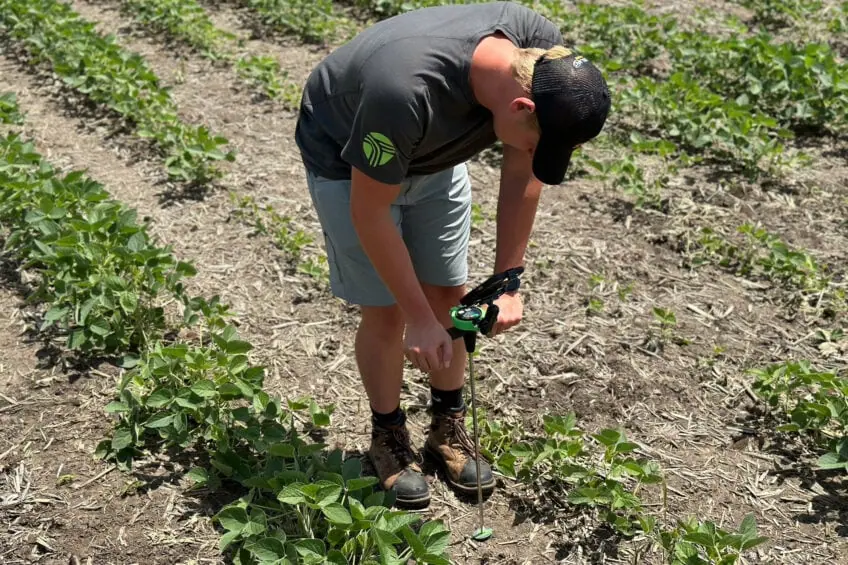La révolution technologique est déjà dans la poche des viticulteurs
décembre 11, 2015Retrouvez le contenu du séminaire utilisateurs Qgis
décembre 11, 2015Comment la mesure du NDVI en proxi détection à haute résolution temporelle peut aider à prédire le rendement et la qualité du blé tendre
Une article scientifique intéressant qui montre qu’il est possible, à travers des séries temporelles de mesures NDVI (en proxi détection) de couverts de blé, de retrouver les différents stades de la culture. La courbe d’évolution du NDVI peut alors être décomposée pour chacun de ces stades. Il devient possible d’en extraire des indicateurs (pentes, durée de plateau, etc.) qui peuvent être mise en relation avec le rendement et la teneur en azote des grains.
Référence : Magney, T. S., Eitel, J. U., Huggins, D. R., & Vierling, L. A. (2016). Proximal NDVI derived phenology improves in-season predictions of wheat quantity and quality. Agricultural and Forest Meteorology, 217, 46-60.
Le résumé de l’article ci-après :
Automated, low-cost and field-deployable remote sensing tools are well suited for continuously monitoring crop growth and providing growers with timely information about crop performance. Because automated sensors provide information about crop development and performance across time, we examined the hypothesis that ground-based canopy reflectance data might define crop phenology in new ways over the course of the season that can better forecast crop yield, protein, biomass, and grain nitrogen at harvest. This study examines the utility of daily Normalized Difference Vegetation Index (NDVI) data to monitor crop phenology over two complete growing seasons. Spectral reflectance data was collected at a total of sixteen plots under four different applied nitrogen (N) and soil water availability scenarios in rainfed soft white spring wheat (Triticum aestivum L.). Using NDVI at solar noon, four phenological periods were derived from the data using a non-parametric regression locally weighted smoothing parameter (loess) to account for day to day variability, and piecewise linear regression to determine inflection points in the seasonal NDVI curve. The NDVI derived phenological metrics (i.e. the change in NDVI per day, and duration (in days) of each phenological period) were compared against daily NDVI values throughout the season to predict harvest metrics. Daily NDVI data were generally poor predictors of harvest metrics early in the growing season, and reached maximum predictive power at the onset of heading, and the middle of ripening for biomass and yield (R2 ∼ 0.50 and ∼0.25 during heading, respectively, andR2 ∼ 0.50 during early ripening). Conversely, using both simple and multiple regression analysis, we found that harvest metrics were better explained using the rate and duration of NDVI derived phenological periods. Simple regressions between NDVI derived phenological metrics revealed several physiologically and management relevant correlations including strong, statistically significant (p < 0.05) relationships between the rate of tillering and stem extension and total biomass (R2 = 0.63 and 0.54, respectively), the duration of heading and yield (R2 = 0.67), the rate of ripening and grain protein concentration (R2 = 0.45), and the duration of ripening and grain N content (R2 = 0.43), for example. Using multiple regression analysis, 83% of the variance in yield, 67% in protein concentration, 87% in total biomass, and 80% in grain N was explained by two to three NDVI derived phenological metrics. Further, multiple regression analysis using NDVI derived phenological metrics from the early season (tillering and stem extension) substantially improved early prediction of yield and biomass as compared to daily NDVI data, whereas protein and grain N were primarily driven by metrics associated with the reproductive development of the crop (heading and ripening). This work has implications for improving in-season management decisions and understanding of the phenological drivers of harvest metrics using daily NDVI data as an evaluation tool.



